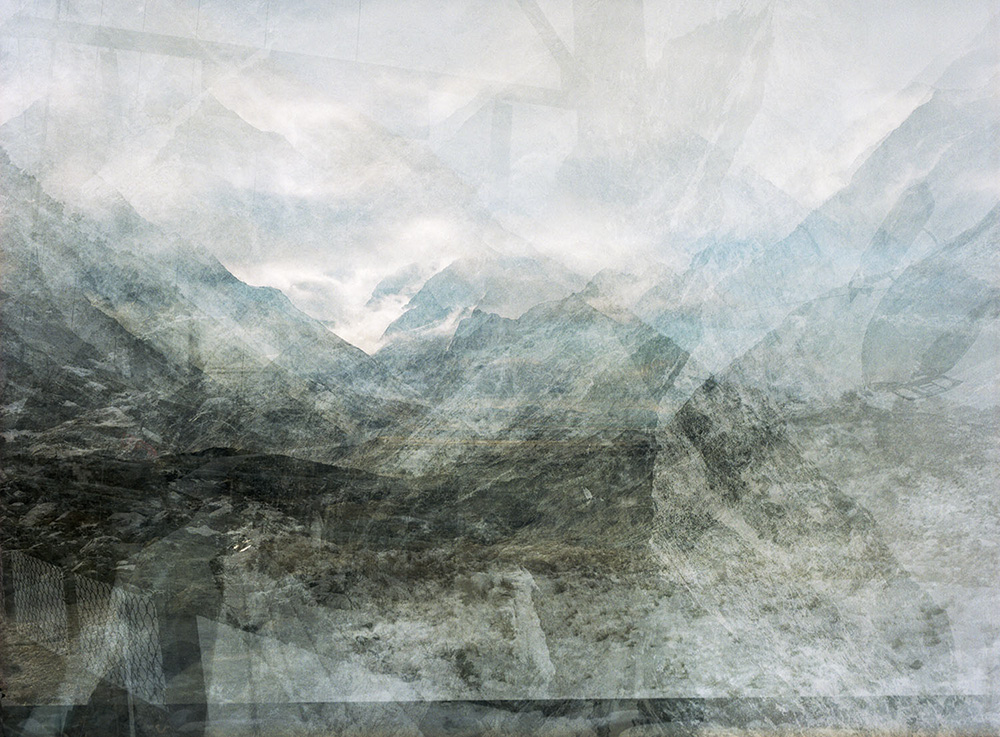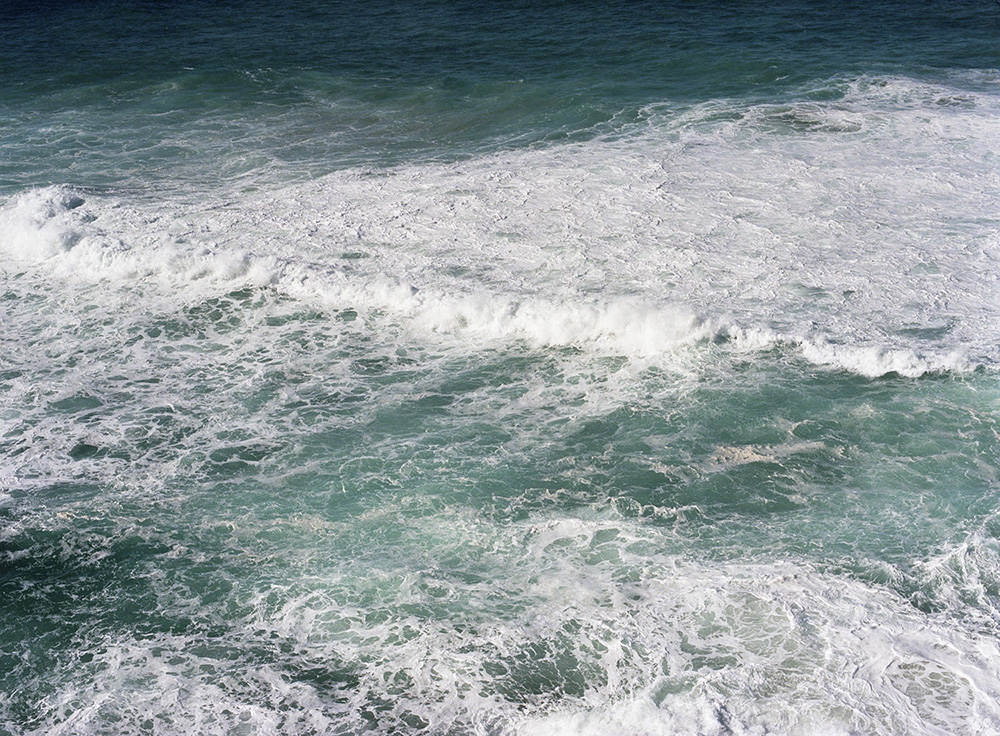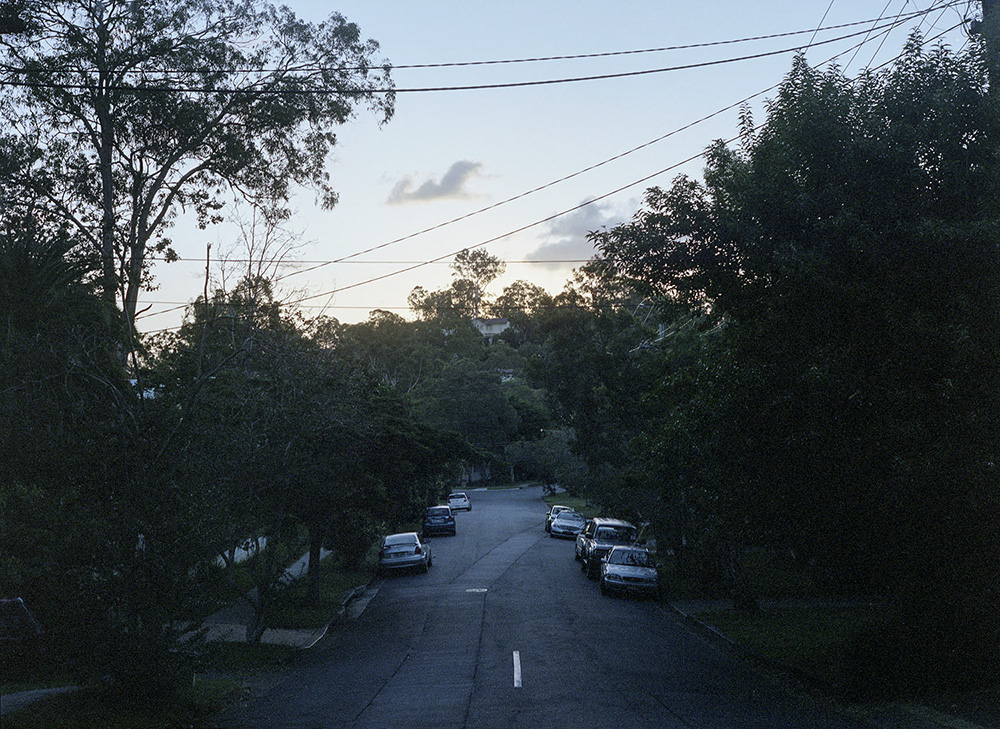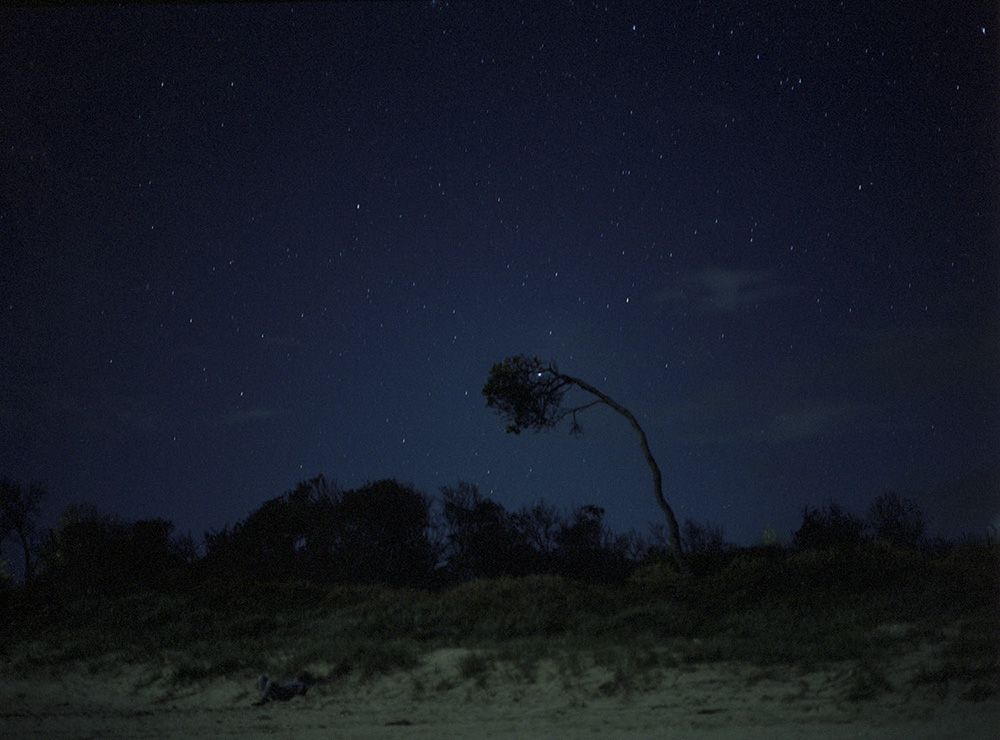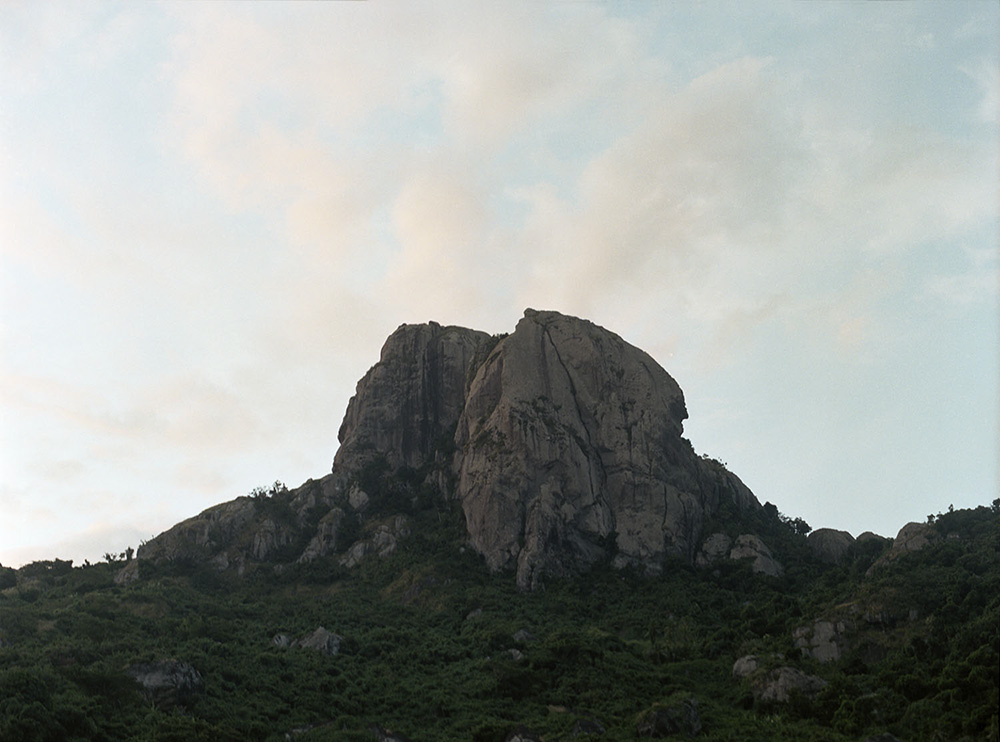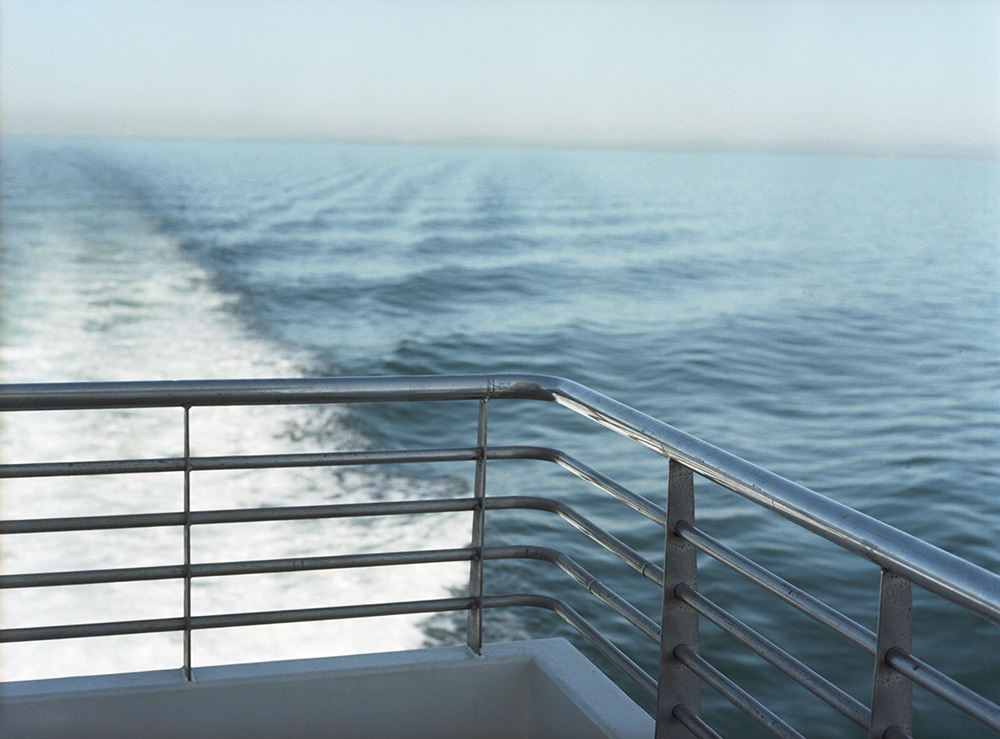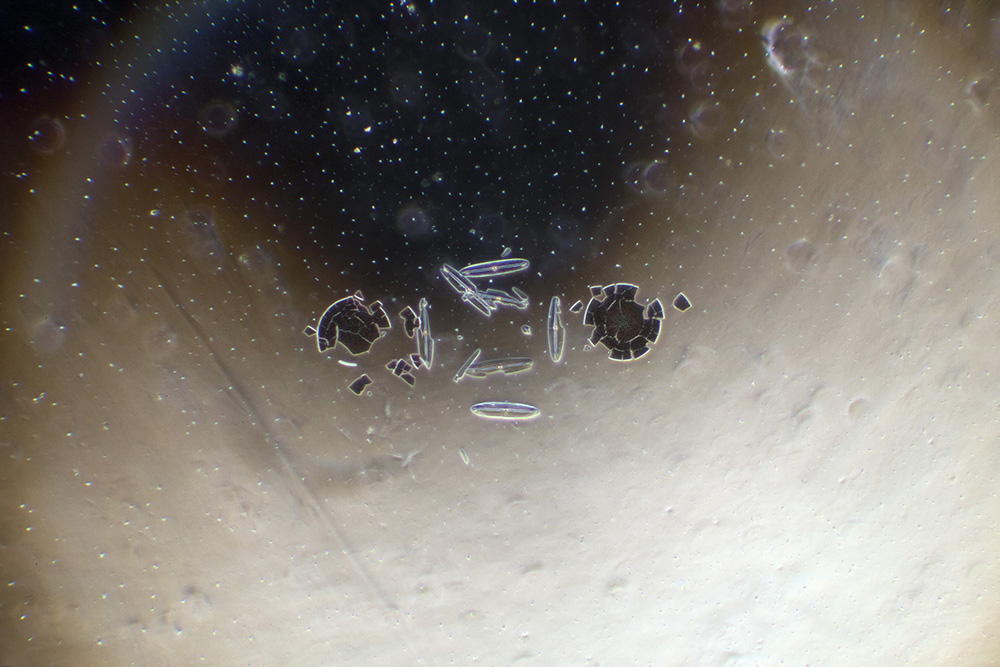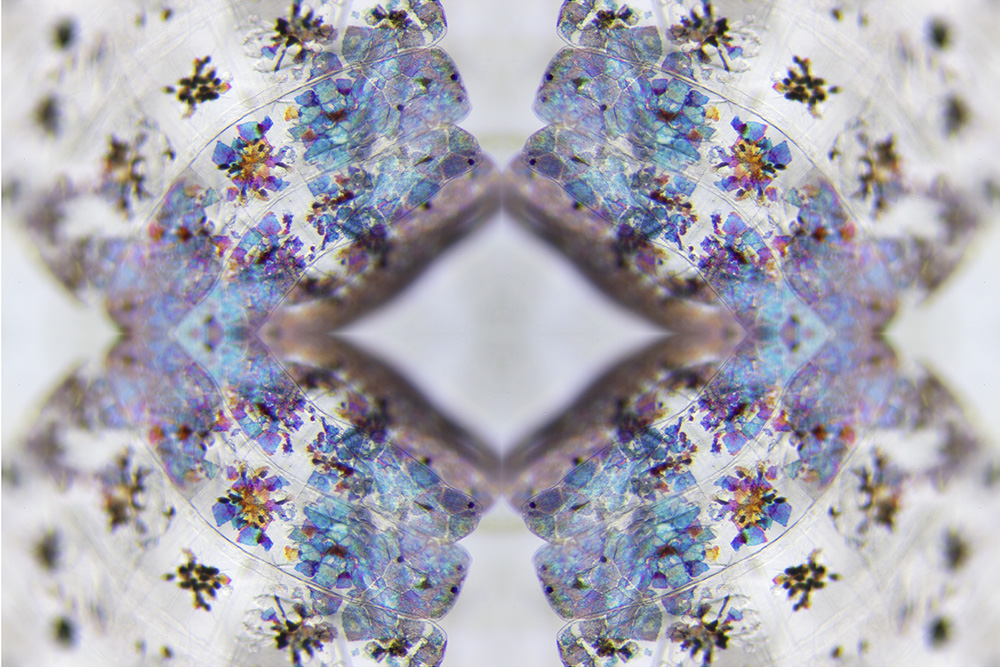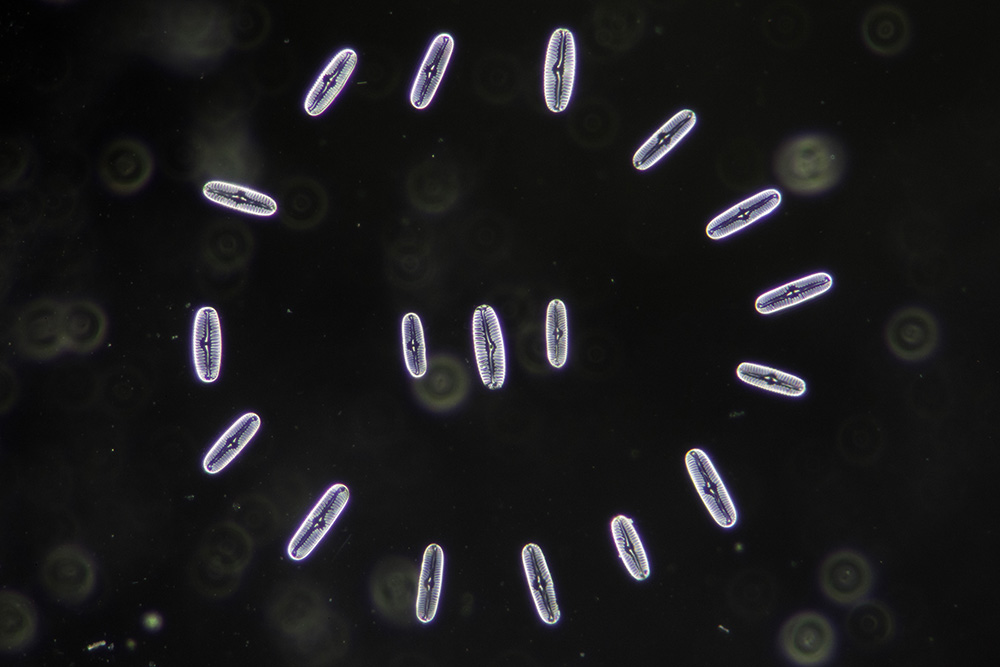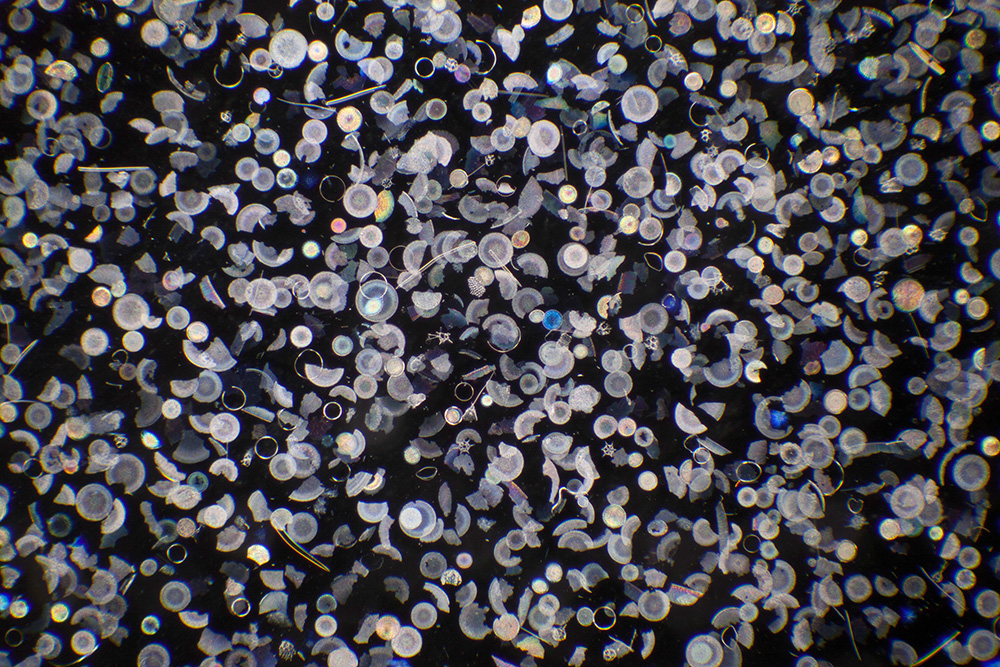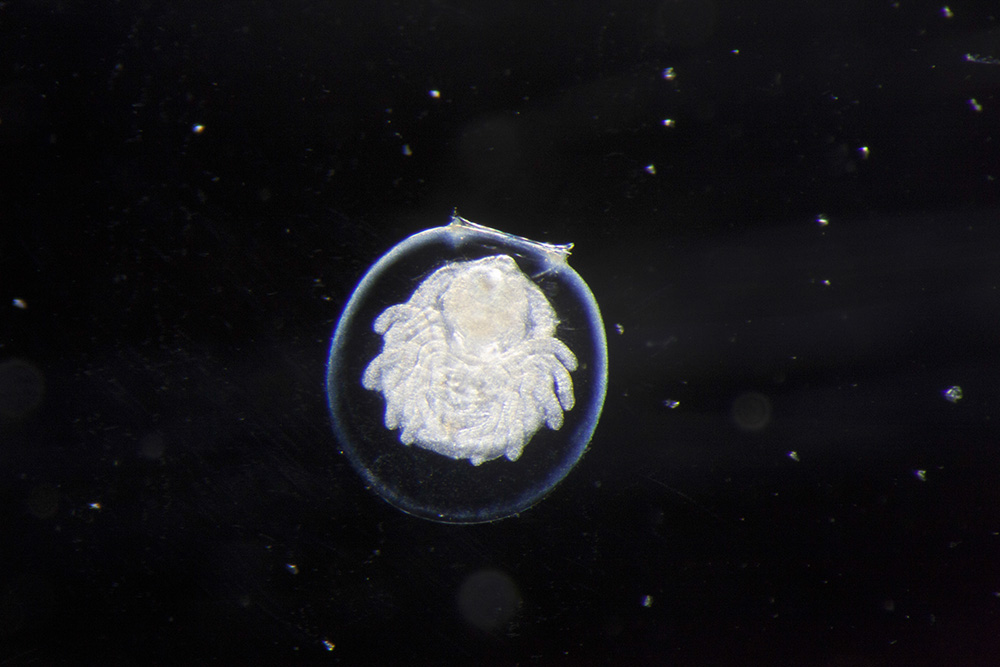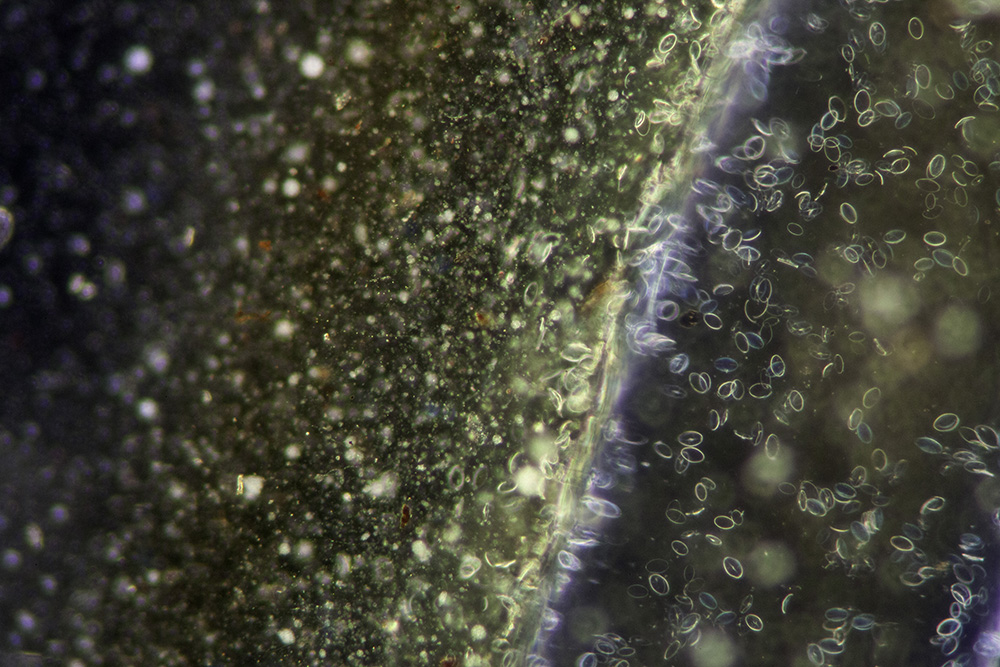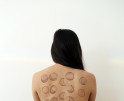Julia Bennett: BY ARC & CHORD and INTO THE UMBRA
I’m very excited to share the work of Julia Bennett, not only because she is a wonderful photographic artist, but also because she has recently joined the Lenscratch staff as the Visual Media Editor. In her new position, she will manage our Instagram and work on some exciting new exhibition opportunities via social media.
Educated in marine science and photography, Julia creates work that makes us consider our relationship with the planet from a macro and micro perspective. Today we feature two series, By Arc & Chord and Into the Umbra. The first examines our place in the landscape and the second allows for new worlds seen through a microscope, connecting us to our oceans. There are beauty and fragility in both examinations as the artist asks us to suspend what we recognize to be true to allow for imagination and new thinking.
Julia Bennett is a marine scientist, fine art photographer, and book artist exploring the intersections between science, visual art, and the contemporary social landscape, focusing on how those intersections influence our understanding of a natural world in transition. Julia’s photographs have been featured in solo and group exhibitions throughout the US and abroad, including the Columbia Museum of Art (SC), The Pence Gallery (CA), and the CSIRO Ecosciences Precinct (AUS). Her series Into the Umbra, which explores the microscopic world of plankton, has received multiple grants and awards including the Magellan Scholar Grant and the USC PhotoFest Review Prize. Julia’s work has been published both in print and online, most notably on WIRED, Featureshoot, and PetaPixel. Julia is currently living and working in Los Angeles, CA.
By Arc & Chord
Establishing a sense of place within the landscape is a consistently sought human experience. The photographic medium acts as a vector of representation for this experience; by which, at the whim of the artist, we are allowed to read the landscape, or rather, have it read to us. By this mechanism the space becomes a fluid and malleable object subject to inference and interpretation.
The intent of these images is to distort our attempt to define our place in the landscape by joining together spaces that wouldn’t otherwise be experienced in any sort of proximity. As both an artist and a scientist, I am drawn to the ways that the elements of the photograph and the elements found in nature work together to create a united space in which the viewer can experience the landscape in an abstract way, devoid of context or definition.
Into the Umbra
There exists a historic and profound relationship between humans and the ocean, its processes and inhabitants having long been a source for awe, curiosity, and inspiration. It was in the volatile, primordial chemical “soup” of the early seas that the first life on Earth emerged. Since these times, visual representations of scientific discoveries in the marine environment have allowed accessibility to complex processes and structures, and have informed the scientific landscape by creating space to contemplate new and ever-changing interpretations regarding the nature of life.
These images, captured in-microscope, invite the viewer to observe samples of plankton within an abstract visual framework, and consider the means by which, through both scientific and artistic processes, we are able to create the world we seek to observe. By deconstructing the context in which the images exist, framing them in a way that references outer space, it is my goal to initiate a conversation about the extent of our knowledge of oceanic processes in a time when human interactions with the marine environment are particularly fragile.
Posts on Lenscratch may not be reproduced without the permission of the Lenscratch staff and the photographer.
Recommended
-
Nathan Bolton in Conversation with Douglas BreaultJanuary 3rd, 2026
-
Salua Ares: Absense as FormNovember 29th, 2025
-
Ricardo Miguel Hernández: When the memory turns to dust and Beyond PainNovember 28th, 2025
-
Pamela Landau Connolly: Columbus DriveNovember 26th, 2025

